Celebrating Plants and People
-
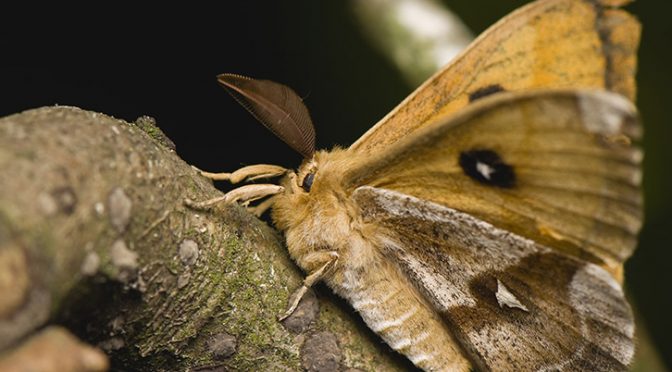
Wildfires Are Followed By Increased Wildflowers. But What Becomes Of Pollinators?
In total, moths carried the pollen of over 80% of flowering plant species in the study area. However, the total amount of pollen transported by moths was five times lower at burned sites, suggesting that more frequent wildfires may disrupt night-time pollination and increase the risk of extinction of these key species. (Click on title…
-
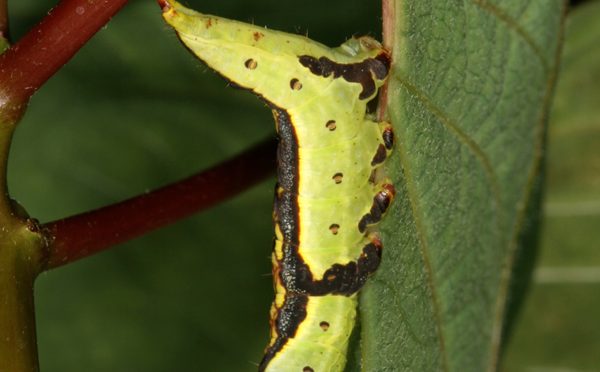
This Little Caterpillar Uses A Multi-Part Strategy (Involving Behavior And Chemistry ) To Overcome Plants’ Defenses
Whether an herbivore can feed on a particular plant species is determined not just by the array of defenses present in the plant, but also by the herbivore’s ability to tolerate, circumvent, or deactivate the defenses [11, 57]. Biochemical adaptations for metabolizing and excreting allelochemicals, for preventing uptake, or for sequestering them in safe repositories…
-
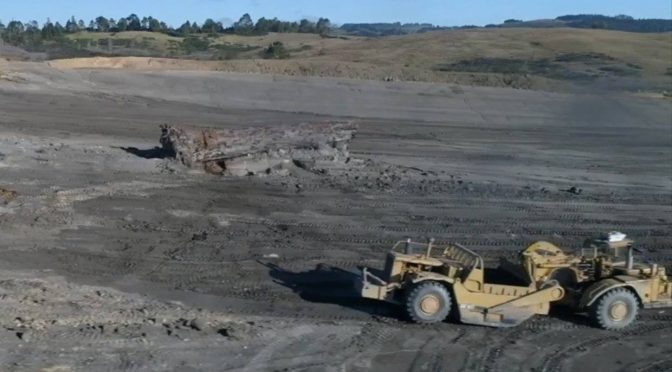
Ancient Tree Reveals Details Of Earth’s Cataclysmic Polar Reversal
A team of international scientists believe they have found the answers to the mysteries of Earth’s last polar reversal in the tree rings of an ancient kauri. The 20 metre-long kauri log could map out what to expect during a geomagnetic reversal – a change in the planet’s magnetic field – including its impact on…
-
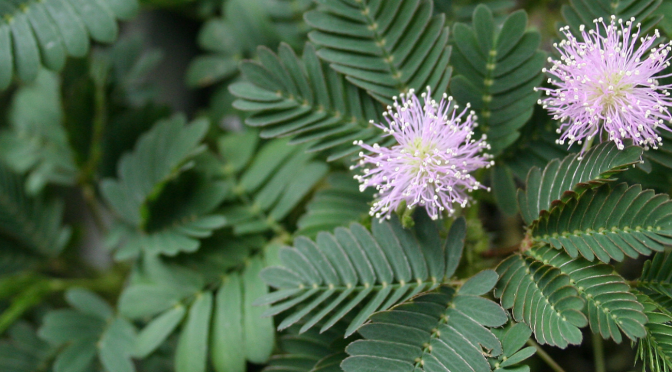
The Argument Heats Up: Do Plants Have Consciousness?
The main question comes down to how consciousness is defined, whether by having a brain and nervous system or by the learning and perception abilities afforded by that brain. To understand the evolution of cognition, consciousness, and intelligence, we need to be open to the idea that these can exist in nonhuman life, (Click on…
-
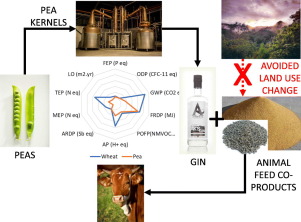
Do Your Part For The Planet: Consume Pea Gin
Industrialised agriculture is heavily reliant upon synthetic nitrogen fertilisers and imported protein feeds, posing environmental and food security challenges. Increasing the cultivation of leguminous crops that biologically fix nitrogen and provide high protein feed and food could help to address these challenges. We report on the innovative use of an important leguminous crop, pea (Pisum…
-
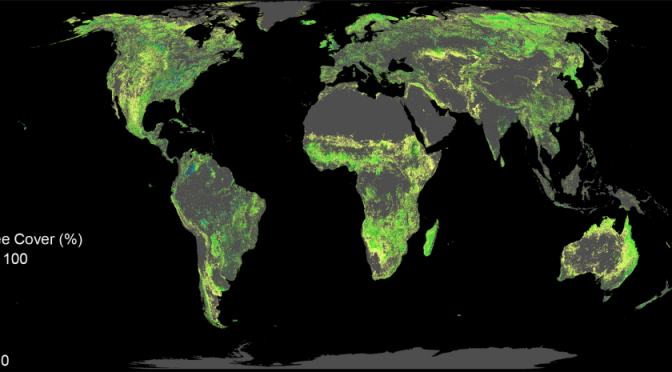
How Tree Planting Could Save Us All From Our Own Climate Change Mess
This means that there is currently an area of the size of the US available for tree restoration. Once mature, these new forests could store 205 billion tonnes of carbon: about two thirds of the 300 billion tonnes of carbon that has been released into the atmosphere as a result of human activity since the…
-
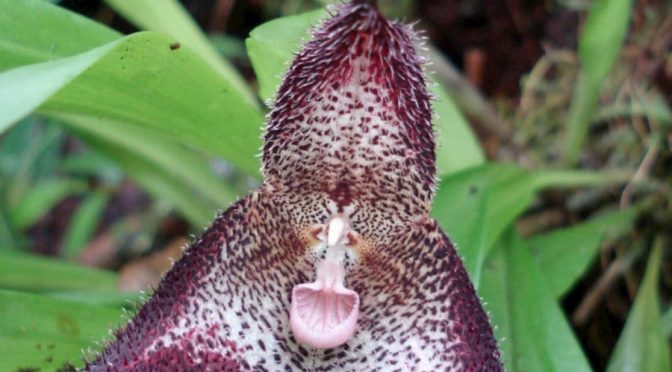
Orchids May Mimic Other Organisms To Attract Pollinators. Some Orchids Even Provide Needed Services, Replacing The Original Target Organism
The findings show that for orchids mimicry isn’t all about deception. While Dracula orchids are mimicking mushrooms, they’re also able to provide rewards for some partners. It’s perhaps no surprise that, in a place where you find such a diversity of life, you should also find a diversities of tactics dealing with other organisms. (Click…
-

Aquatic Weeds May Hold Clue To Early Humans’ Brain Development (“Eat Your Vegetables!”)
Evolutionary scenarios align major developments of human evolution with environmental conditions of coastal areas offering a diet that triggered encephalization in hominins. The results of our study suggest that this need for dietary iodine would not have prevented ancestral hominins from invading continental forest habitats and that consumption of aquatic herbs could have contributed to…
-

The Holy Grail Of Sports Turf: Controlling Weeds Without Herbicides
Results show that selective mechanical weed control is very effective when used weekly for common turfgrass weeds such as dandelion, as well as traditionally hard-to-control weeds such as clover and ground ivy. (Click on title for full story.)
-
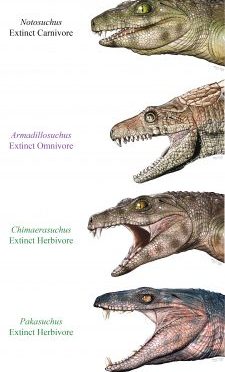
Some Of Those Frightening Looking Extinct Crocodilians Were Vegetarians
“Our work demonstrates that extinct crocodyliforms had an incredibly varied diet, Some were similar to living crocodylians and were primarily carnivorous, others were omnivores and still others likely specialized in plants. The herbivores lived on different continents at different times, some alongside mammals and mammal relatives, and others did not. This suggests that an herbivorous…
